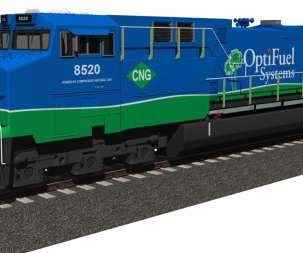UK researchers report that alcohols in windshield washer fluid are major unreported source of VOCs emissions from cars, including EVs
Green Car Congress
JUNE 8, 2023
A fleet average nonfuel nonexhaust VOC emission factor of 58 ± 39 mg veh –1 km –1 was calculated for the missing source, which is greater than the total of all VOCs emitted from vehicle exhausts and their associated evaporative fuel losses. While some VOCs are released in exhaust, others may arise from an unexpected source—e.g.,
































Let's personalize your content